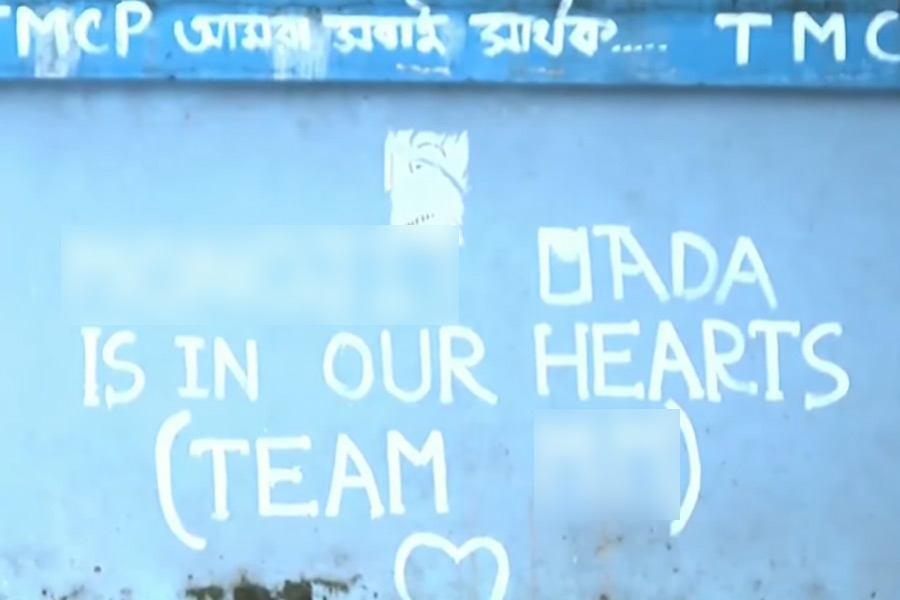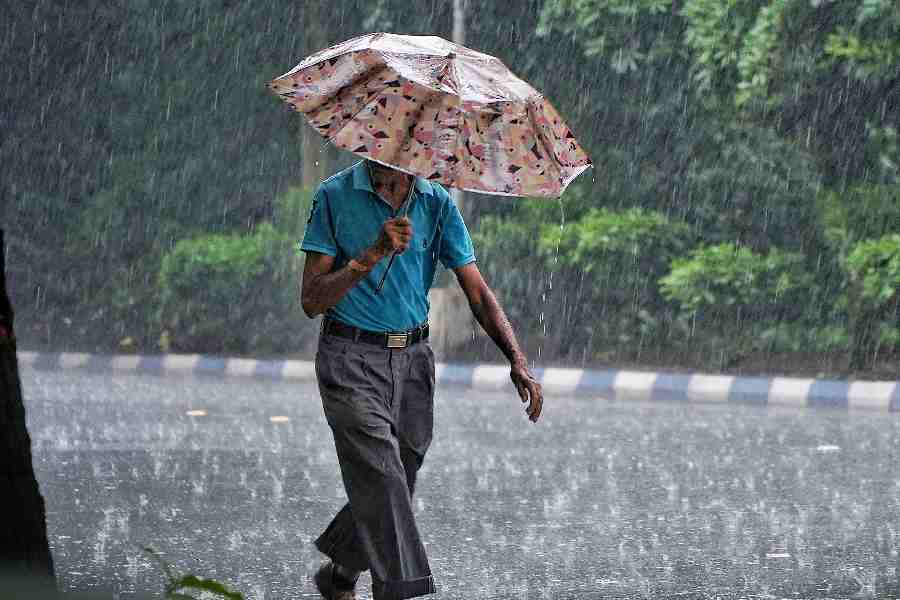Bhubaneswar, May 19: Something fishy is going on at a non-descript village in Deogarh district. This has raised the curiosity of students and research institutes alike.
An ornamental fish village is taking shape at Landijhari with 100-odd households of the hamlet taking to rearing of over three lakh colourful aquarium fishes such as guppy, molly, platy and sword tail in their own backyards.
Fish farming has helped villages improve their economy in a major way, making Landijhari an interesting case study for students and researchers from various institutes. “The number of ornamental fishes in our village exceeds the human population,” said Pankajini Pradhan, an elderly woman of Landijhari justifying the tag of ornamental fish village.
Villagers breed fishes in their tanks with capacity to hold 300 to 400 litres of water, and it ensures an annual income of around Rs 7,000 to Rs 10,000 for each household.
“Most of us have two to three tanks in our backyard and rear 3,000 ornamental fishes on an average. Each fish fetches around Rs 2 to Rs 5. It’s easy and can be done with little investment. What’s more important is that we women love this job,” said Pankajini.
Landijhari was like any other village till officials of Central Institute of Freshwater Aquaculture (Cifa) conducted a training programme and field demonstration for the villagers in January 2010 about fish farming.
Impressed by the idea, around 10 families had then come forward to construct tanks in their backyard to try their hand at breeding and rearing of ornamental fishes. Today, the number of tanks have multiplied manifold.
“Landijhari has been a remarkable success so far ornamental fish culture in Odisha is concerned. Not only the economy of the village has developed, but also the venture is slowly spreading to adjacent villages of Saruali and Nuagaon,” said Cifa scientist S.K. Swain.
Through telephonic conversations and personal visits, institute officials are still guiding the villagers on improving their productivity. Fish as well as aquarium traders have been linked to the village to fetch the produce from time to time and sell it in the market.
The popularity of ornamental fishes has made way to yet another industry.
The villagers are now getting into designing aquariums. They fabricate as many as 15 aquariums per day, earning around Rs 20,000 a year.
Cifa director P. Jayasankar said the establishment of ornamental fish villages “signals a novel approach to propagate the technology with a view to improve livelihood status of rural population, especially women and youths”. “We are also linking the farmers to traders to ensure adequate returns,” Jayasankar said.
“We will encourage the concept of ornamental fish village and spread it to other districts as this makes marketing of the fishes much easier. Traders, too, find it convenient to pick up the produce from one point in a single go,” he said.
Landijhari villagers said water was scarce in Landijhari and it affected the fish farming to a certain extent.
“We have been appealing to our district collector to solve the water crisis,” said one of them.
This year, Cifa plans to provide specialised tanks to each beneficiary in public-private partnership mode besides giving seed, feed and other accessories required for successful culture of ornamental fish under the National Agriculture Innovative project, New Delhi.
“We will also create a marketing hub by providing more facility, where all the farmers will sell their fish. The hub will take care of further marketing,” Swain said.
The institute is also mulling breeding of indigenous ornamental fish varieties such as danio, garra and puntius, which have an export potential of as high as US $10 per fish.










